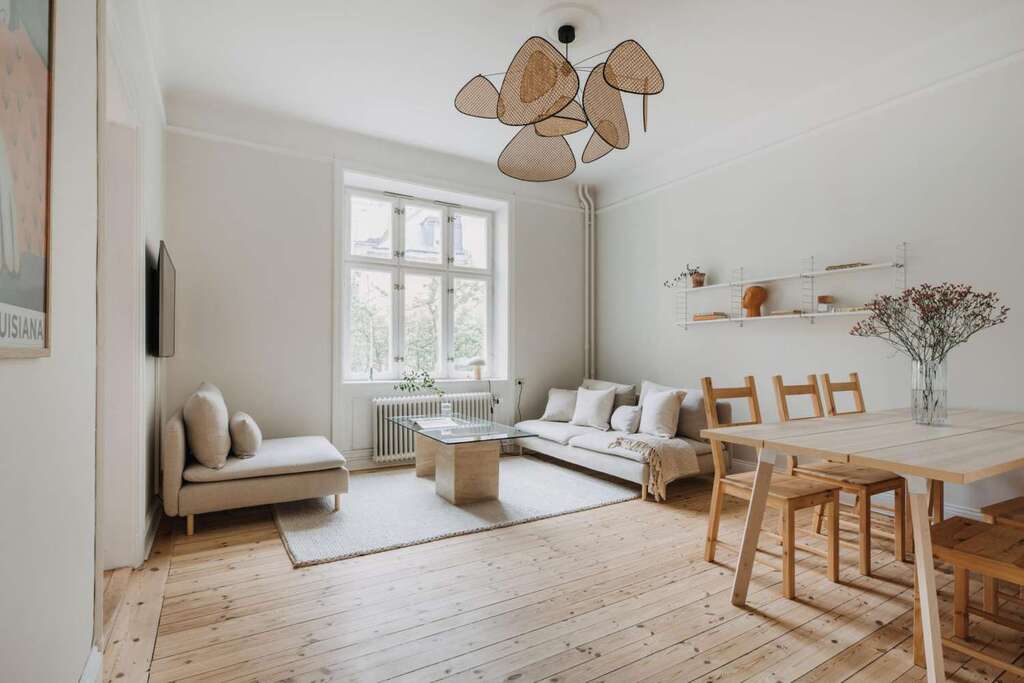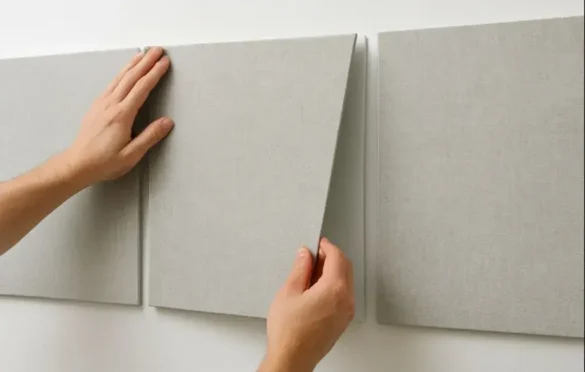Explore this post with:
Japanese minimalism has become a popular trend in interior design, appealing to people worldwide. Rooted in a rich cultural heritage, it focuses on simplicity, functionality, and harmony in living spaces. This design approach goes beyond looks, promoting a lifestyle of mindfulness and purpose. As more people aim to declutter their spaces and lives, the principles of Japanese minimalism offer a lasting guide for creating peaceful and meaningful environments.
Looking into the cultural roots of Japanese minimalism reveals a mix of ancient philosophies. This article explores these historical foundations, covering concepts like “Ma” (negative space) and “Wabi-Sabi” (the beauty of imperfection). We’ll discuss how nature is integrated into indoor spaces and give practical tips for applying these principles to modern living. Whether you’re an interior designer in Houston or a homeowner looking to refresh your space, understanding these core elements will show you how Japanese minimalism can enhance your home and life.
Historical Foundations of Japanese Minimalism
Centuries ago, Japanese minimalism began with Zen Buddhism and Shintoism. Zen Buddhism focused on meditation and finding beauty in simplicity, deeply influencing the minimalist style. Shintoism, which values nature and living in harmony with the environment, also shaped this aesthetic.
These philosophies led to a lasting appreciation for clean lines, uncluttered spaces, and subtle beauty. This connection to simplicity and purity is seen in everything from traditional tea ceremonies to architectural design, where natural materials and open spaces are emphasized. To fully appreciate Japanese minimalist design, you need to understand these core principles. An interior designer in Houston can help you translate them into a stunning and functional space.
Metier Interiors exemplifies this approach in the heart of Manhattan through elegant Japanese kitchen designs that seamlessly blend serenity with function. Each space celebrates handcrafted details, organic materials, and minimal lines that echo traditional aesthetics. Their philosophy of crafts ensures harmony between design and purpose, resulting in custom kitchens that are not only beautiful but deeply practical.
Key Principles of Japanese Minimalist Design

In Japanese minimalist design, three key principles create a unique and harmonious look. First, “Ma,” or negative space, highlights the importance of empty spaces around and between objects, creating a feeling of calm and openness. Next, “Shibui” represents simple, subtle, and unobtrusive beauty, where design elements are understated yet elegantly profound.
Lastly, “Wabi-Sabi” appreciates the beauty in imperfection and impermanence, valuing the natural cycle of growth and decay. These principles define Japanese minimalism, helping create environments that are not only visually appealing but also deeply meaningful. Understanding these concepts is essential to fully appreciate Japanese minimalist design.
Elements that Define Japanese Minimalist Interiors
Traditional Japanese minimalist interiors are defined by key elements that create a peaceful and cohesive environment. Natural materials like wood, bamboo, and stone are essential, giving the space an organic feel that connects it to nature. A neutral color palette, often with shades of white, beige, and soft earth tones, highlights simplicity and tranquility.
Minimalist furnishings are carefully chosen for functionality and are usually low to the ground, promoting a sense of openness. Nature is integrated through sliding doors that open to gardens or indoor plants, enhancing the serene atmosphere. Sliding shoji screens and tatami mats are often used to maintain simplicity and tradition. These elements together create spaces that are not only beautiful but also promote well-being and balance.
The Importance of Nature in Japanese Minimalism

The connection between nature and Japanese minimalism is strong, shaping the design philosophy in many ways. At the heart of this is the concept of “bringing the outside in,” where the boundaries between indoor and outdoor spaces are blurred. Sliding doors, large windows, and open courtyards help merge these areas, creating a seamless flow. Indoor plants and bonsai trees add a sense of peace and vitality, often arranged according to the principles of Zen.
Natural light plays a key role, flooding spaces to enhance simplicity and showcase organic materials like wood, stone, and tatami mats. These elements come together to create a space that feels calm yet energizing. By thoughtfully incorporating nature, Japanese minimalist design creates environments that are not only visually appealing but also deeply nurturing and spiritually uplifting.
Adapting Japanese Minimalism to Modern Living
Incorporating Japanese minimalism into modern living spaces is achievable and rewarding, bringing together tranquility and functionality. Start by decluttering, keeping only items that are useful or bring joy. Use natural materials like wood, stone, and bamboo to create a warm, organic feel that connects with nature. Choose a neutral color palette—whites, beiges, and soft earth tones—to create a calming atmosphere.
Use multifunctional furniture, like fold-out beds or expandable tables, to maximize space without sacrificing style. Solve storage issues with smart, hidden storage solutions such as under-bed drawers or built-in shelves. Pay attention to lighting; use natural light as much as possible to enhance openness and serenity, supplemented by soft, diffused artificial lighting. Adding plants and indoor gardens, such as bonsai trees or hanging planters, can improve air quality and add life to the space.
Embracing Japanese minimalism in your home brings a unique blend of simplicity, functionality, and tranquility rooted in rich cultural heritage. By incorporating key principles like “Ma,” “Shibui,” and “Wabi-Sabi,” and integrating natural elements such as wood, stone, and plants, you can create serene and harmonious spaces. This design philosophy not only enhances the aesthetic appeal of interiors but also promotes mindfulness and well-being. Whether through decluttering, choosing natural materials, or blending indoor and outdoor spaces, adopting Japanese minimalism can transform modern living environments into peaceful, meaningful sanctuaries.
In Case You Missed It!
About the Author: archistyladmin
At Architecturesstyle, we’re passionate about smart design, beautiful spaces, and practical tips that help you bring great architecture into everyday life. Whether it's modern home ideas, iconic buildings, or expert advice, our team brings fresh and useful content to readers who love architecture as much as we do.




